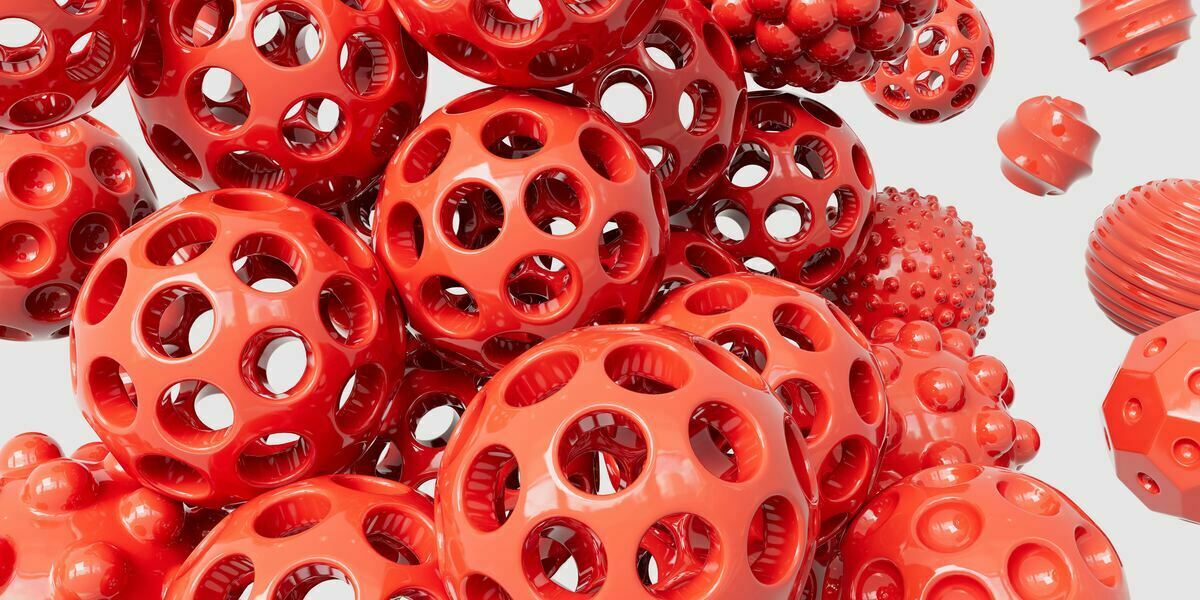Fundamentals of modelling for 3D printing
As the technology evolved, so too did the principles of 3D printing and best practices. The use of different raw materials and equally different applications meant that dedicated software needed to be created. As such, every 3D printing technology today, such as Selective Laser Sintering and Fused Deposition Modeling, has its own set of design guidelines and safety thresholds.
From the 80s to Today, and what’s next for the 3D printing industry?
While it is easy to take 3D printer models for granted, the technology has undergone significant development since its creation just over 40 years ago. Below, we’ve looked at some of the most significant moments of 3D printers in their first four decades.
- 1980s – Dr. Hideo Kodama invented the world’s first 3D printer in 1981 but was unable to patent the technology. In 1986, Charles Hull invented and patented a 3D printing technology called Stereolithography.
- 1990s – The development of 3D printing machines intensified and the first machine capable of printing metals instead of plastics was created. Due to the high costs associated with this type of printing, only manufacturing industries initially used it.
- 2000s – During this decade, the cost of machines and 3D printer models reduced significantly, partly due to patent expirations. In 2005, the Darwin printer, invented by the British, Dr. Adrian Bowyer, sold for about $650.
- 2010s – 3D printers started being used in numerous industries beyond manufacturing. The empowerment provided by this technology meant that users could create their replacement parts and develop products that would otherwise be impossible or expensive.
- 2020s – Due to COVID-19 and several global and interstellar initiatives, 3D printing has become a $17 billion industry. Given the unique advantages and capabilities of this technology, experts predict that it will grow to a $98 billion industry by 2032.
The use of 3D printer models is clearly on the rise and has been for some time, but what’s so unique about this technology and which industries have truly benefitted by using it?
3D Printing impact on the manufacturing industry
3D printing has revolutionised the way that we live, work, and travel by not only facilitating lower-cost manufacturing but also providing novel solutions that would be otherwise unavailable.
In healthcare, for example, 3D printer models can recreate a patient’s specific anatomy to allow surgeons to prepare for an operation with an identical dummy. Printers can also create customised implants, plates, or other types of restorative equipment.
3D printer models are nowadays also a common sight in architectural firms. Providing a quicker and cheaper way to convert a CAD drawing into a real model, these printers make it easier for architects and engineers to identify risks and opportunities for improvement.
Even the casino industry has benefitted from using 3D printers. Equipment used at these facilities, such as roulette wheels and pokie machines, are manufactured using these printers, thus removing any risks of imperfections or biased equipment.
Countries leading the way in 3D printing
The combination of 3D printers and advanced design software has empowered individuals, organisations, and even entire nations to rely less on external or foreign manufacturers. The US and China are the world’s leading nations for 3D-manufactured goods, however, they are far from the only countries that have embraced this technology.
Firms and universities in New Zealand, such as the Victoria University of Wellington, are researching and developing multiple uses for 3D and 4D printing models. The geographical position of the country and the heavy reliance on imports have made it commercially viable to develop biopolymers and composites made from feedstocks.
Several 3D printing businesses are also offering their services, including the manufacturing of high-tensile metal components for use in the aerospace, defence, and healthcare sectors. Continued investment in this sector should allow New Zealand and many other nations to become more industrially independent, the need of which was evident during the COVID-19 pandemic.


Recent Comments